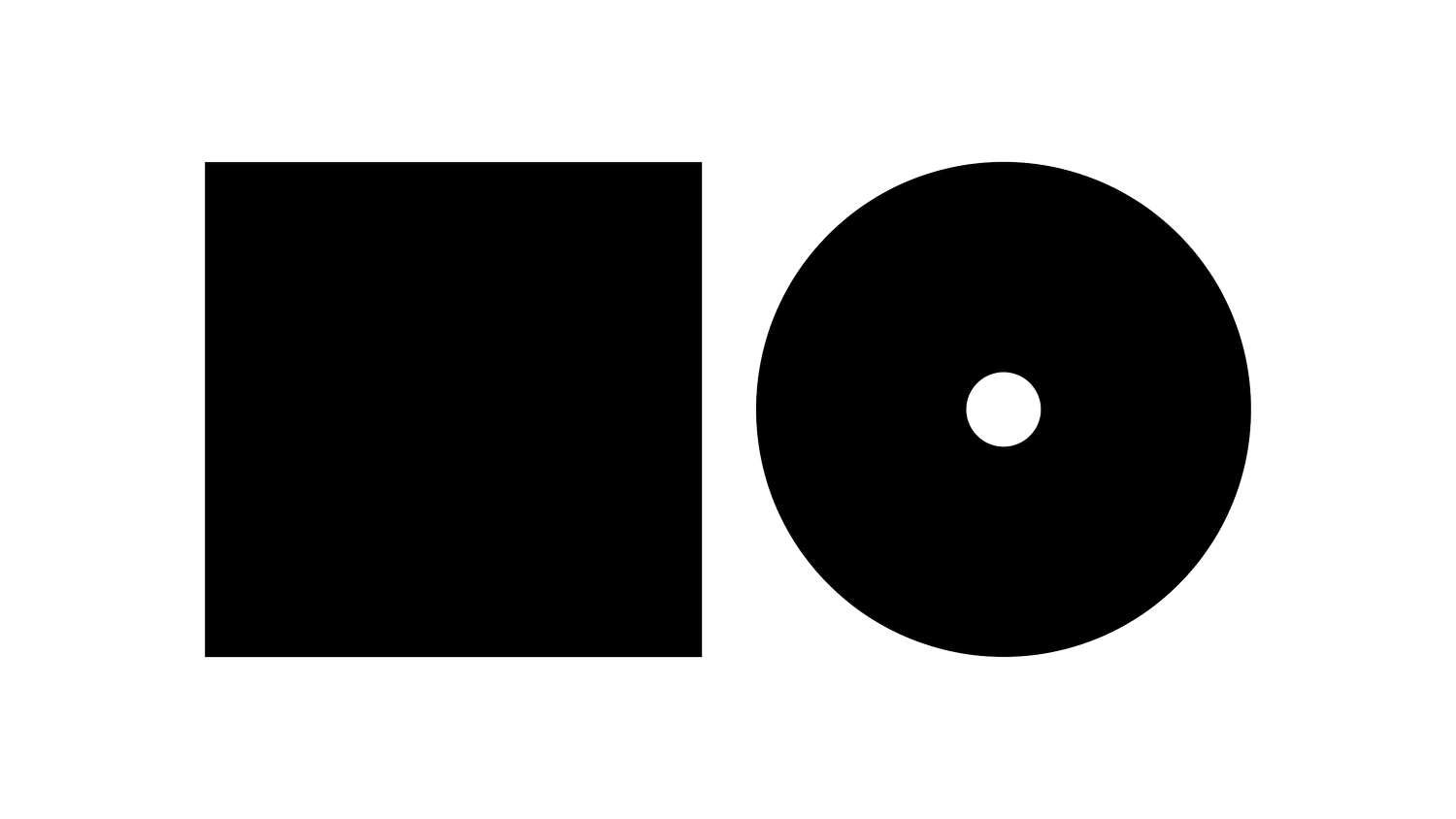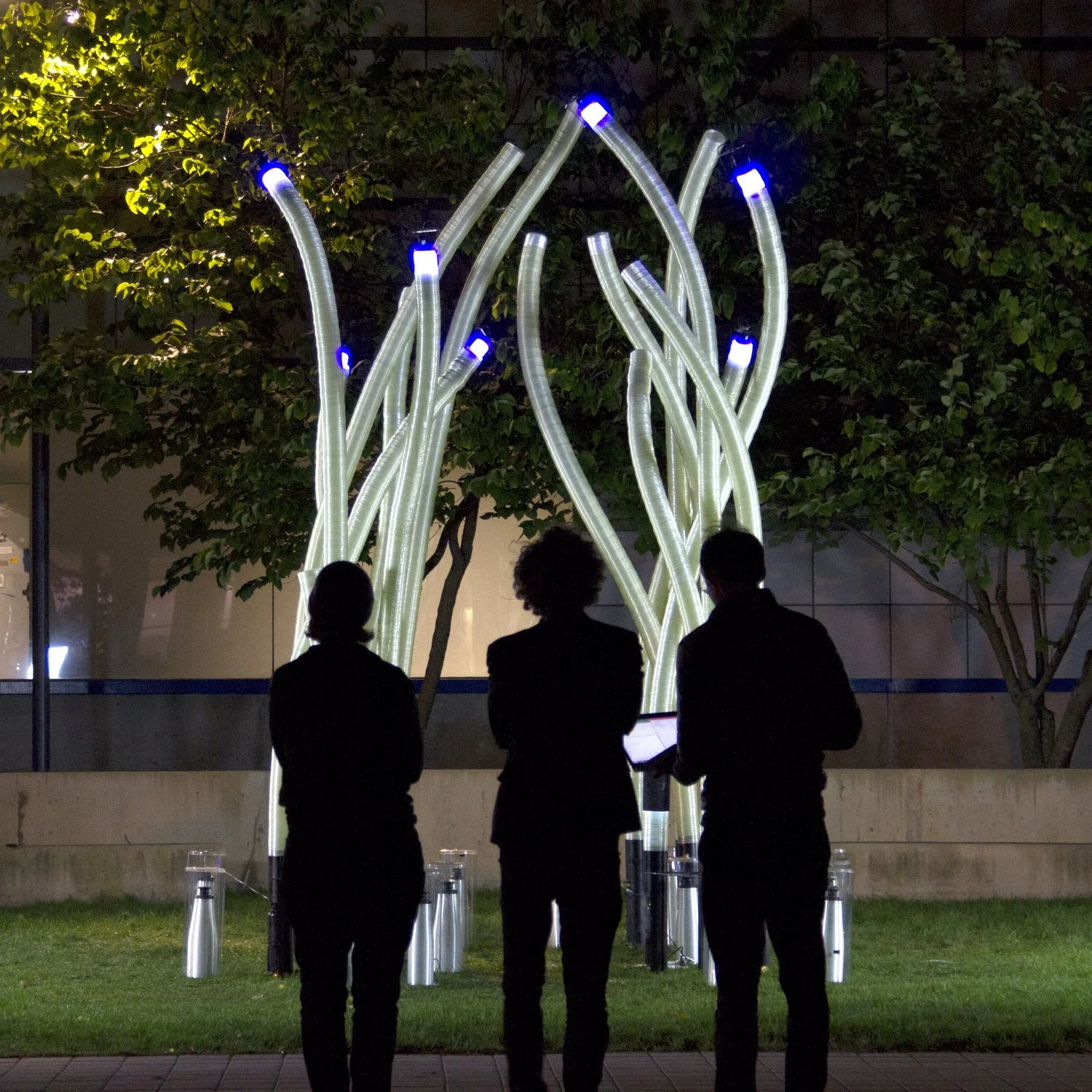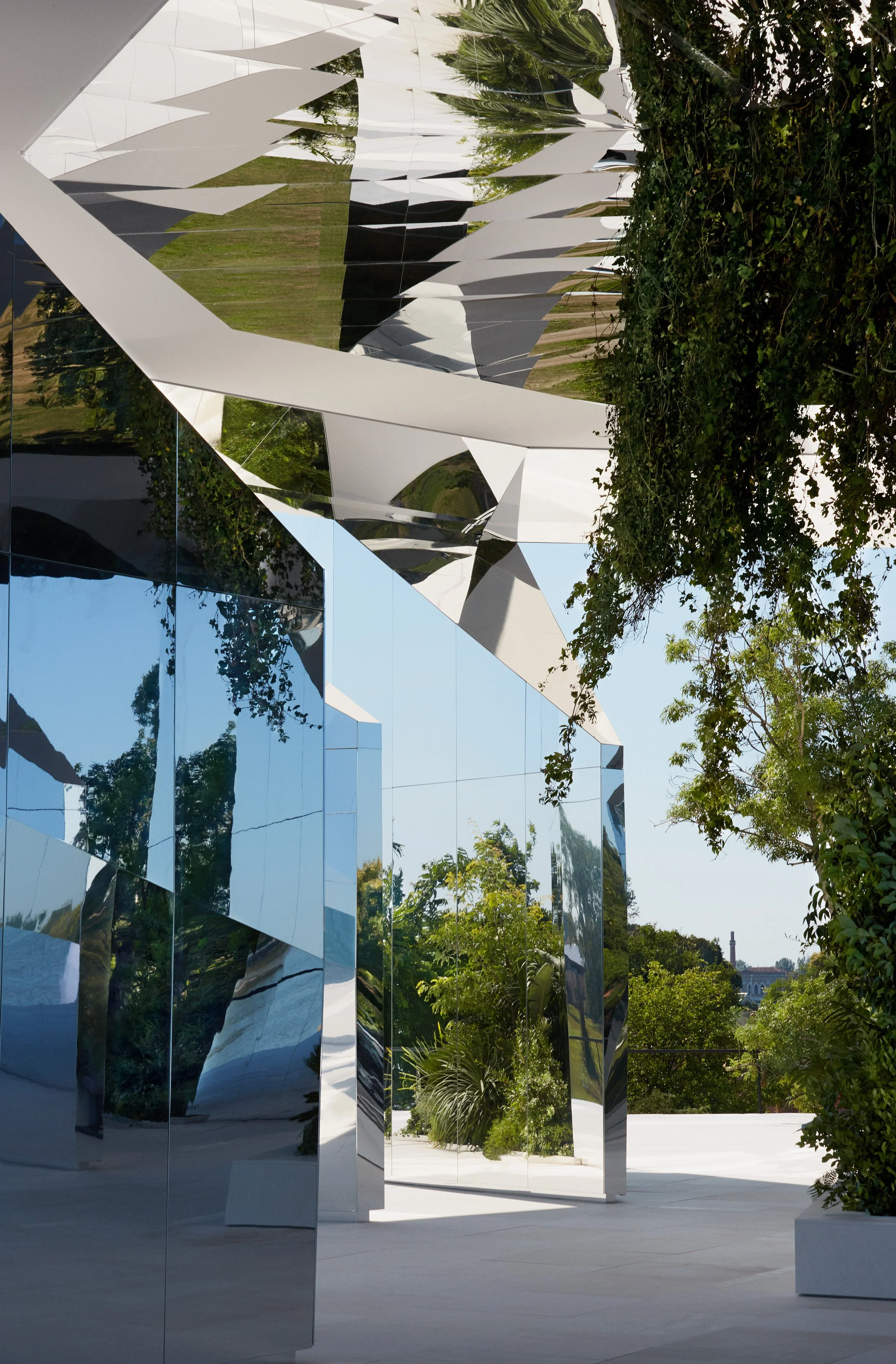P R O L E A R N
Abstract thinking is the ability to consider concepts, patterns, and ideas that are not directly tied to concrete, physical objects or experiences. In the realm of circular and regenerative design, it plays a crucial role in reimagining our built environment and creating sustainable solutions.
Importance in Circular Design
Systems Thinking: Abstract thinking enables designers to visualise complex systems and their interconnections, crucial for understanding circular economy principles.
Innovative Problem-Solving: It allows for the generation of novel solutions that may not be immediately obvious when considering only tangible elements.
Future Scenario Planning: Abstract thinking facilitates the projection of future scenarios, essential for designing adaptable and resilient structures.
Applications in Regenerative Design
Biomimicry: Abstract thinking allows designers to draw inspiration from natural systems and apply these principles to architectural solutions.
Material Innovation: It enables the conceptualisation of new materials and processes that align with circular economy principles.
Holistic Design Approaches: Abstract thinking supports the integration of social, environmental, and economic factors in design decisions.
Developing Abstract Thinking Skills
Interdisciplinary Learning: Exposure to diverse fields enhances the ability to make unexpected connections.
Conceptual Modelling: Practise creating visual representations of abstract concepts and systems.
Scenario Planning Exercises: Engage in future-focused thinking to anticipate potential challenges and opportunities.
Challenges and Considerations
Balancing Abstract and Concrete: While abstract thinking is valuable, it must be grounded in practical realities of construction and use.
Communication: Abstract ideas can be challenging to convey to stakeholders who may prefer more concrete concepts.
Implementation: Translating abstract concepts into tangible designs requires careful planning and execution.
Future Outlook
As we face increasingly complex environmental challenges, abstract thinking will become even more critical in circular and regenerative design. It will drive innovations in areas such as adaptive reuse, zero-waste construction, and regenerative urban planning.
Call to Action:
Challenge yourself to incorporate abstract thinking exercises into your design process. Start by dedicating time to conceptual exploration before diving into concrete design solutions. Engage with professionals from diverse fields to broaden your perspective and enhance your abstract thinking capabilities.










